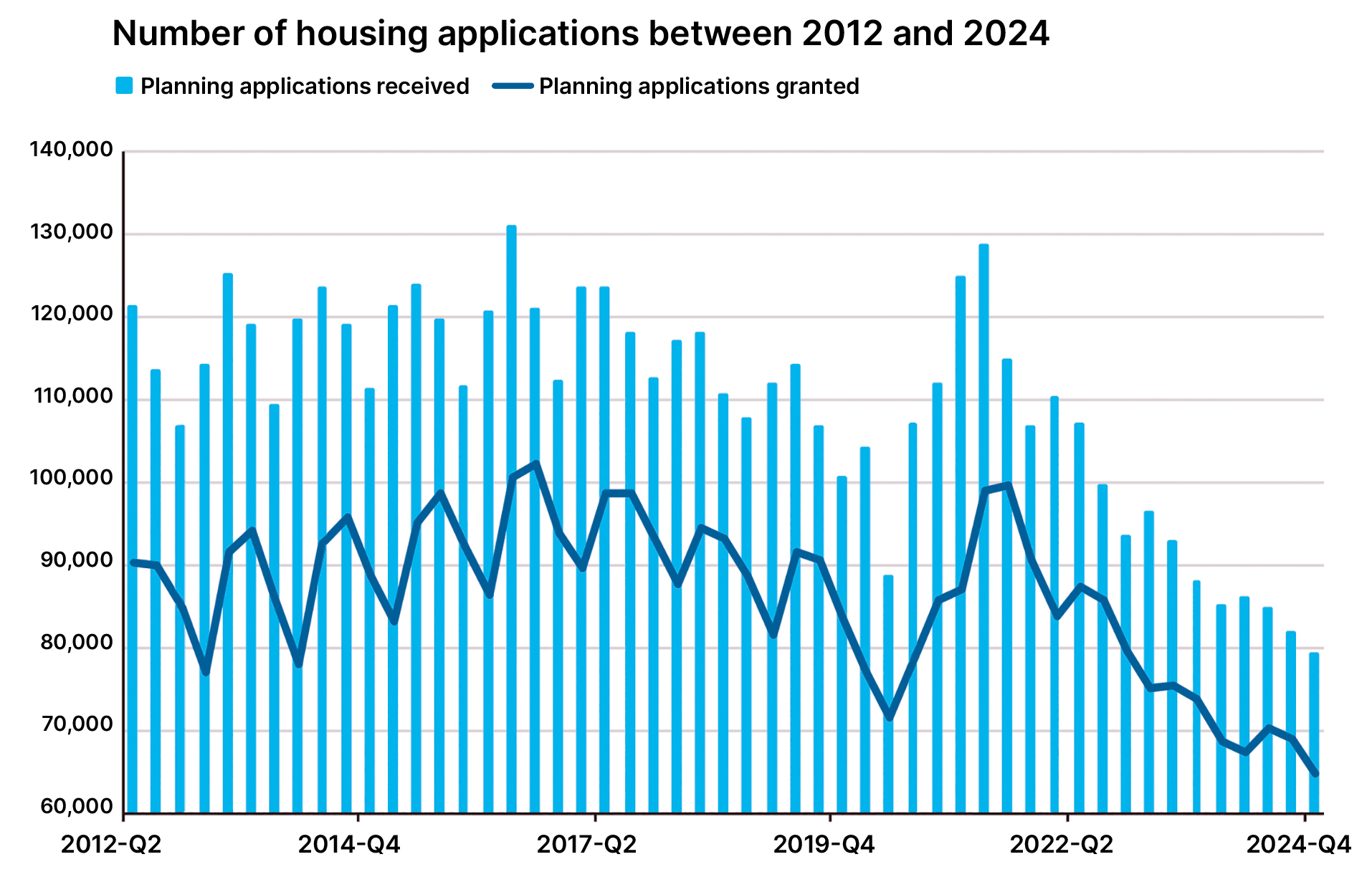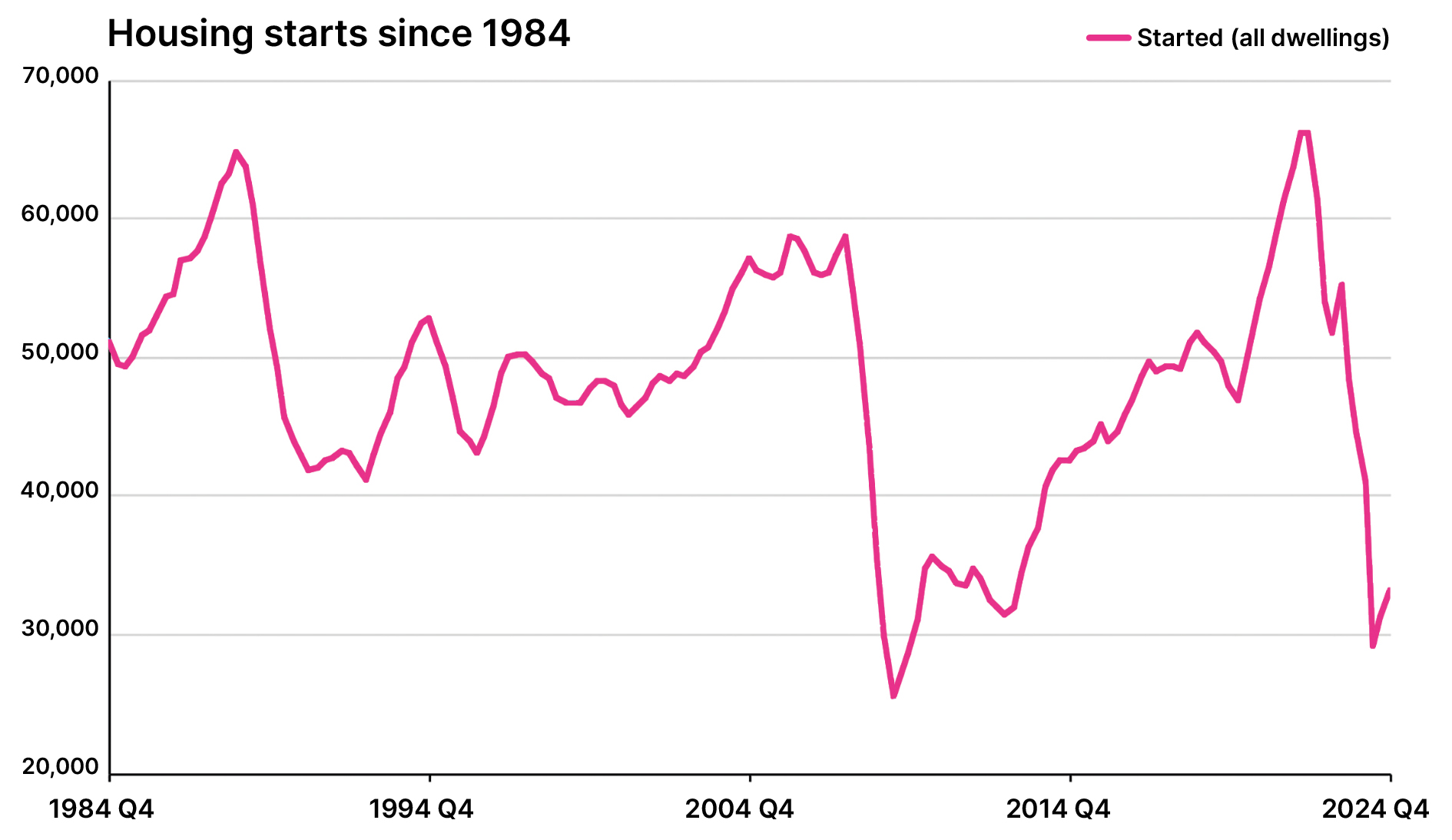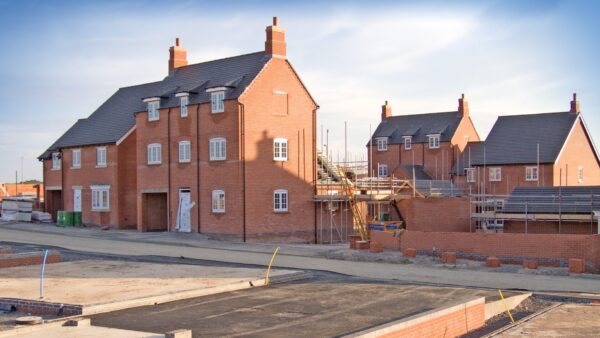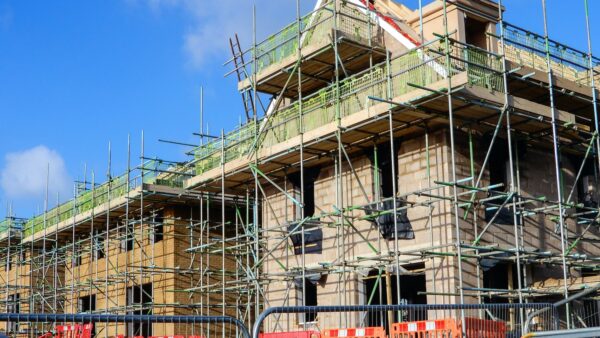
Collaboration between public institutions, industry and civic leaders will be essential to meet the country’s new homes ambitions, writes Nitesh Patel.
As part of its economic growth strategy, the government has made housing a key priority with an ambitious commitment to deliver 1.5 million new homes by 2029 to help ease housing pressures. The planning and infrastructure bill is set to drive growth through a set of supply-side reforms to achieve the housing target and enable infrastructure development.
The target of 1.5 million additional homes in England incorporates new-build houses as well as conversions, demolitions and change of use. To boost the construction of new homes, the government loosened planning rules and regulations, which had previously created bottlenecks, to speed up planning processes and provide sustainable growth.
The exhaustive delivery times and high costs of building in the UK have often been attributed to the stringent and outdated planning rules. The current planning process can be fragmented and uncoordinated, with applications mired in legal objections and excessive red tape, driving up costs. Around 60% of applications are now being legally challenged, resulting in the average time to approve increasing from around two-and-a-half years to over four years.
The graph below shows the number of planning applications made between Q2 2012 and Q4 2024. After reaching a recent peak in Q2 2021, planning applications lodged with local authorities have fallen by 38.5%. Over the same period, the number of applications granted is down by 34.4%.

Removing barriers
The changes to the planning system could help to boost the housing supply in several ways. Firstly, by reducing the potential for setbacks when planning applications are made, planning can be done more strategically. This means more homes can be built and compliance costs are reduced, making housebuilding more profitable for developers.
The new bill aims to simplify England’s planning system, which the government hopes will lead to faster decisions and less uncertainty. This would give both private and public partners the confidence to invest and help deliver the infrastructure the government recognises as critical to achieving its mission-based growth agenda.
The recent record of housing starts is poor, with the number of dwellings started falling dramatically. With more than 300,000 average net additions per year needed to reach the 1.5 million homes target, it is likely that significantly fewer homes will be delivered in the first years of the current parliament. Of course, an uncertain economic environment and regulatory compliance are also key factors in low starts.

Through its reform of the consenting regime for nationally significant infrastructure projects (NSIPs), the government is looking to demonstrate its commitment to growth. The objective is to remove barriers to the delivery of new infrastructure, which the government recognises as critical to achieving economic prosperity.
Although the planning and infrastructure bill sets a promising starting point, real progress will rely on maintaining momentum and cultivating strong partnerships among public institutions, industry leaders and community representatives.
To deliver on the government’s ambitious targets for housing, infrastructure and utilities, industry must play its part in shaping a planning system that is agile, dependable and ultimately equipped to respond to an increasingly complex and fast-changing environment.
Nitesh Patel is a lead economist at Turner & Townsend.











